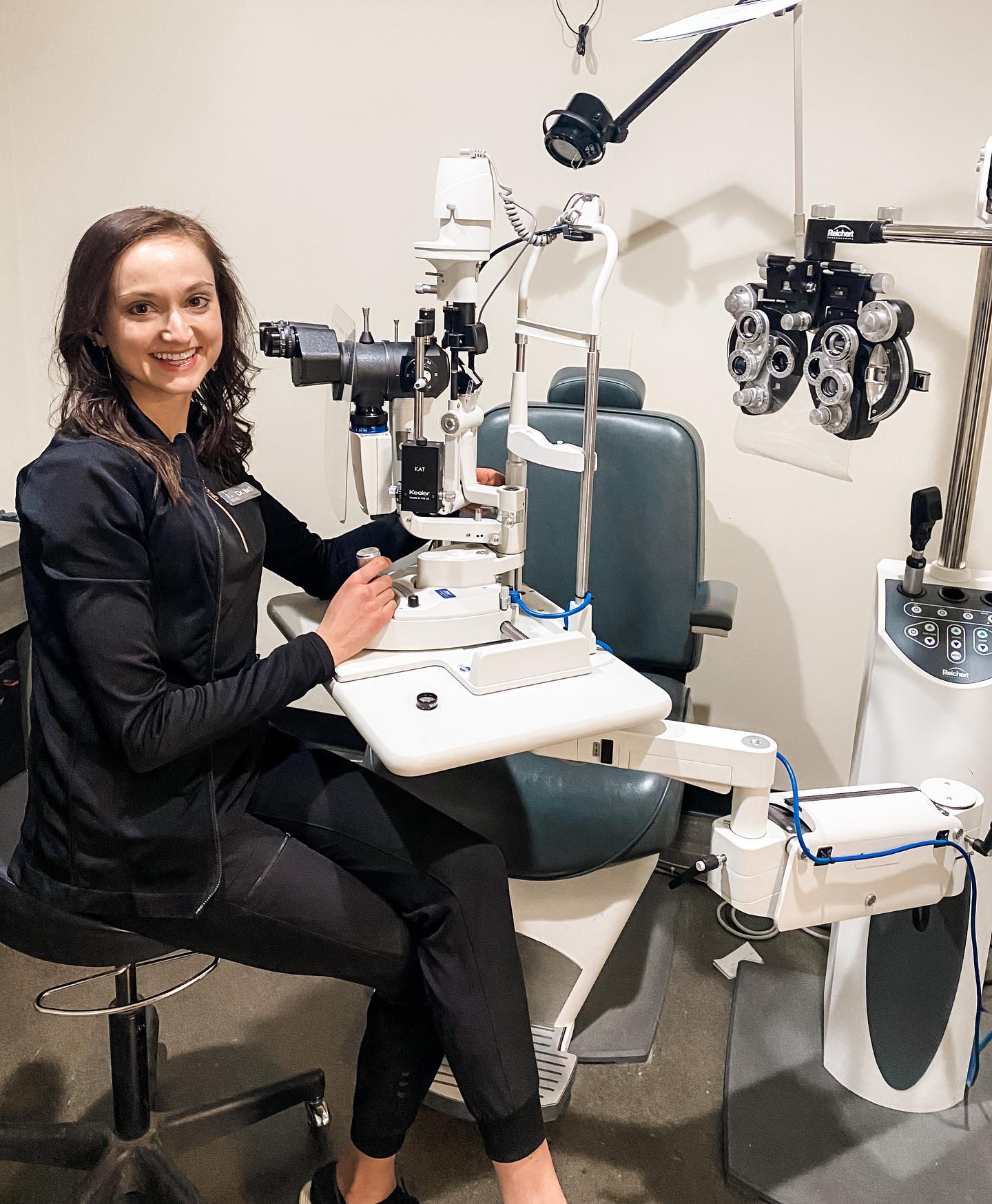Meibomian Gland Dysfunction-what is it and how do we deal with it?
- Dr. Monica Bell

- Mar 21, 2023
- 2 min read

Meibomian Gland Dysfunction (MGD) is when the oil glands in the eyelids become clogged. These glands secrete oil that allows the tear film to remain stable on the eye. This is important to prevent dry eye and fluctuations in vision.
Blinking applies pressure to the glands allowing them to secrete the oil. Activities that reduce our blink rate such as computer and phone use, watching TV and long periods of driving can reduce the function of the meibomian glands. Other factors such as age, dry environments, contact lens wear, blepharitis (bacteria buildup on the eyelids), rosacea, some medications and systemic diseases can also cause MGD. In some cases, the glands become clogged and inflamed or infected resulting in a bump in the eyelid that is red and painful. This is commonly referred to as a stye. Both styes and MGD are treated with warm compresses and lid massage to help with the secretion of oil from the glands. Styes that are infected are treated with an antibiotic and warm compresses. Omega 3s in our diet are important to ensure gland function and secretion of good quality oil.
Omega 3 supplements are recommended if dietary intake is not met. Other treatments for MGD include Radiofrequency to adequately heat the glands in order to allow the clogged oil to be expressed. Intense Pulse Light therapy (IPL) is also effective at stimulating glands that have lost their function for which warm compresses may not be effective. IPL can also treat rosacea and blepharitis that may be contributing to or worsening the MGD. MGD is detected on routine examination with your optometrist. If you experience dry eye symptoms or recurrent styes, visit your optometrist to help find relief!




Comments